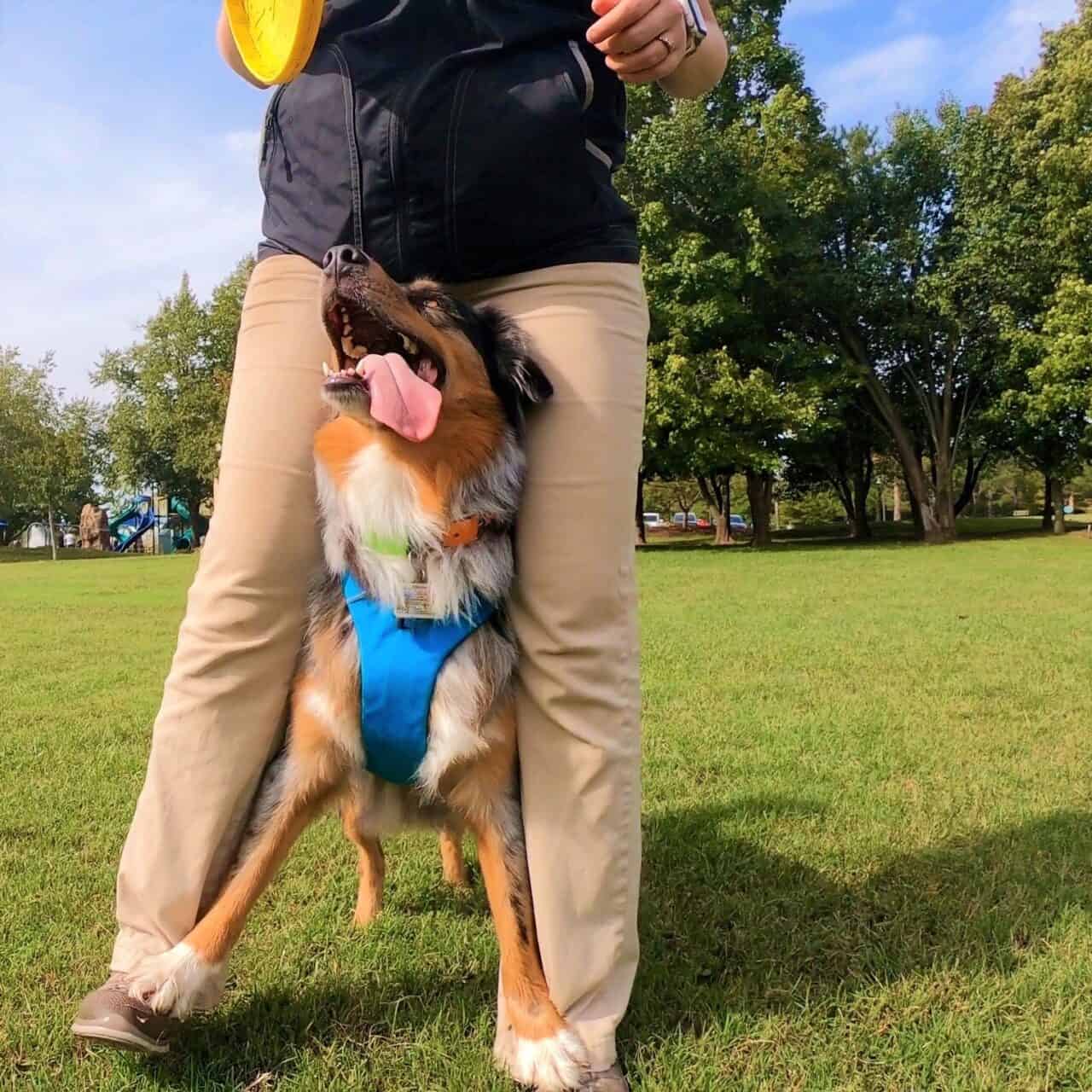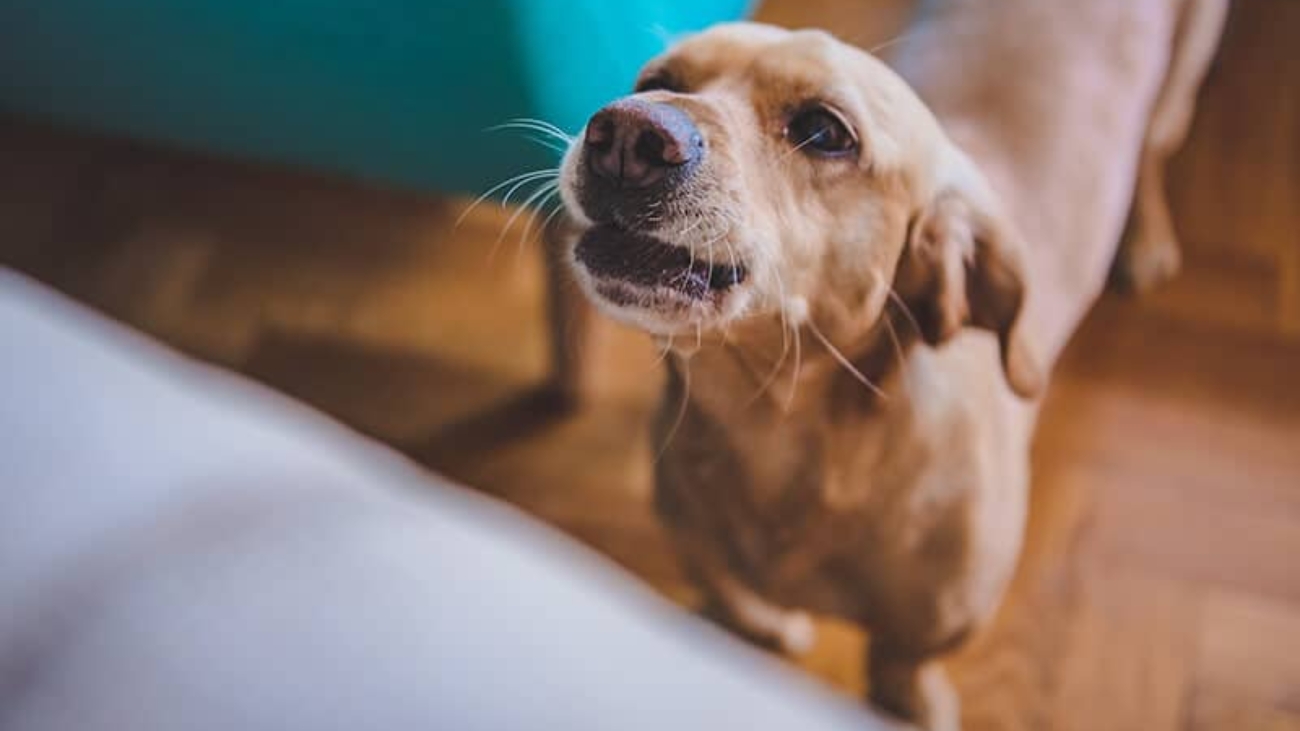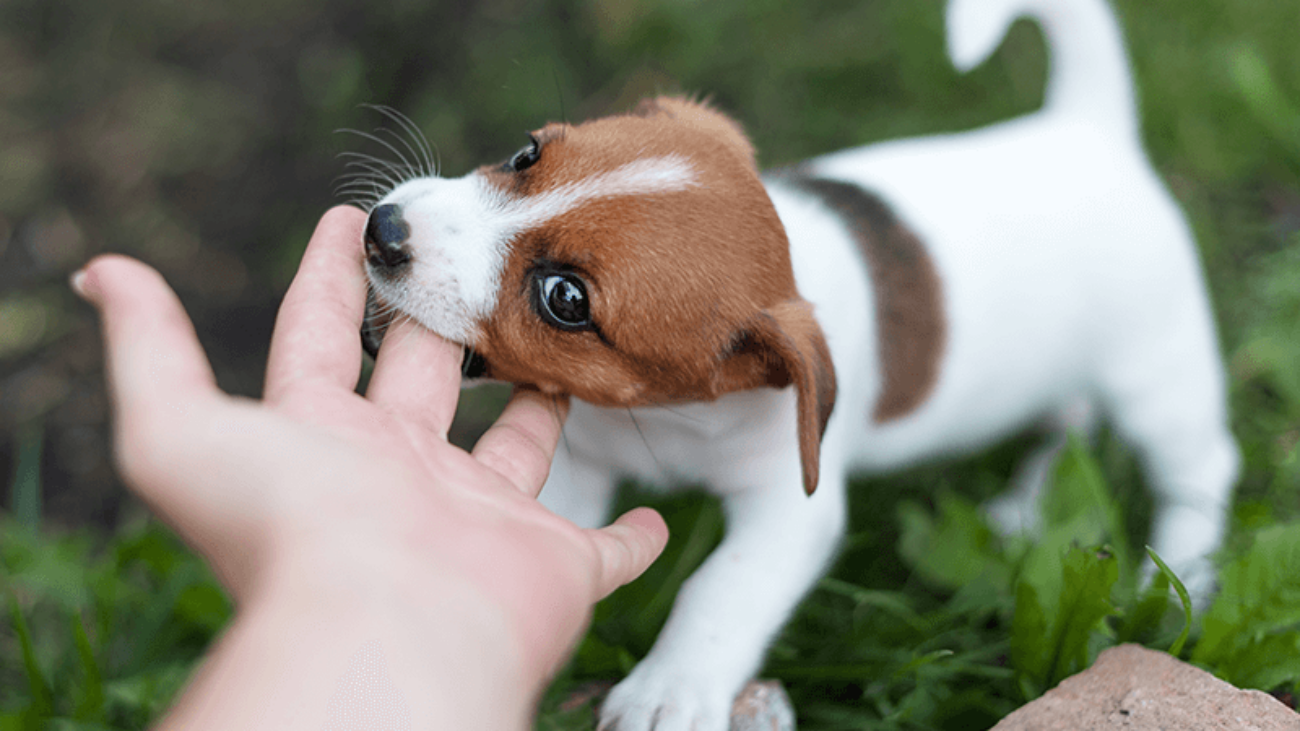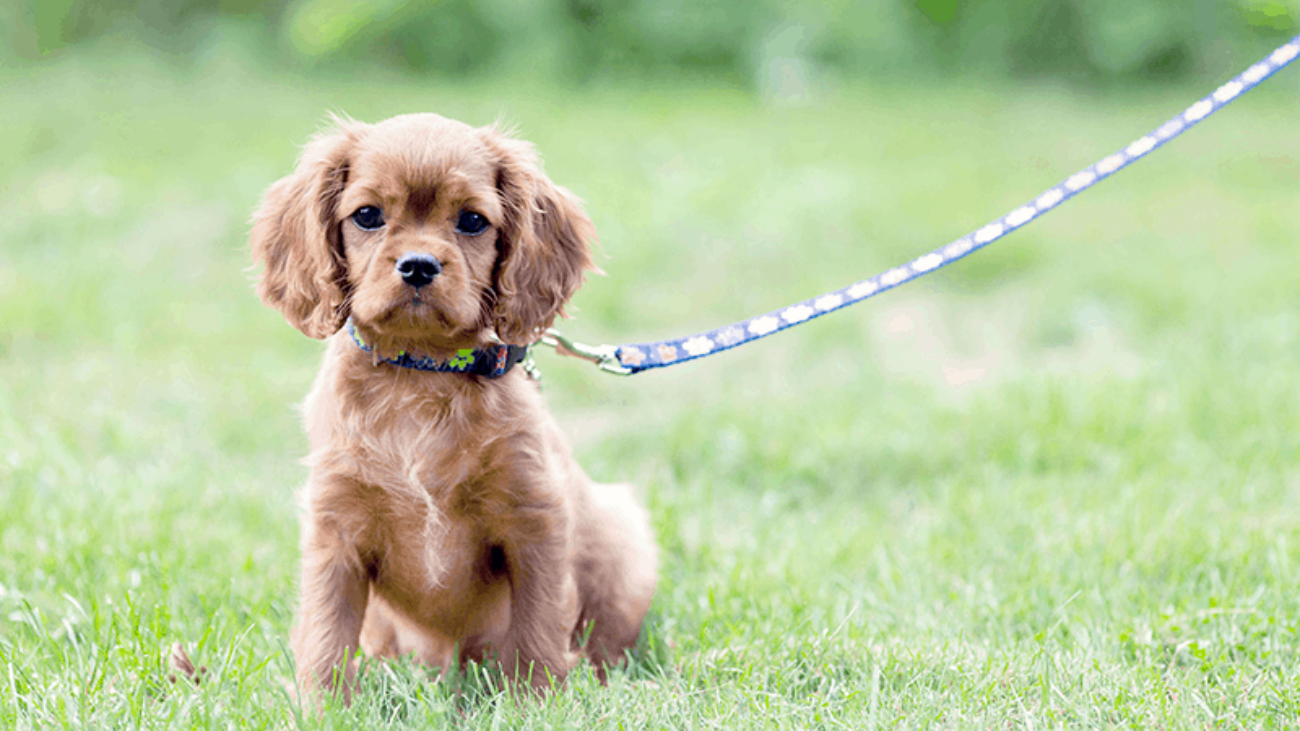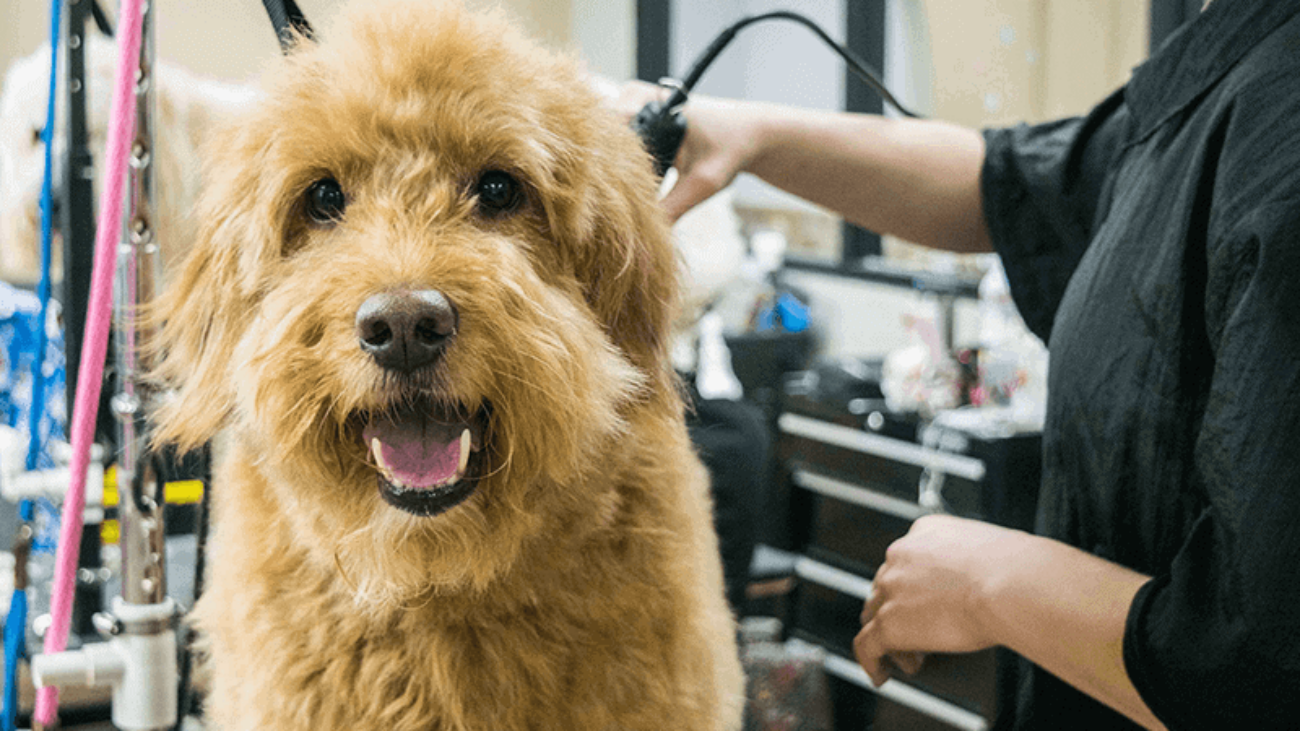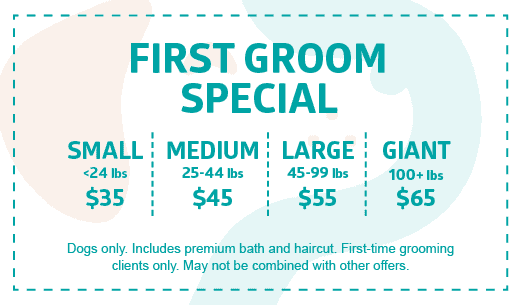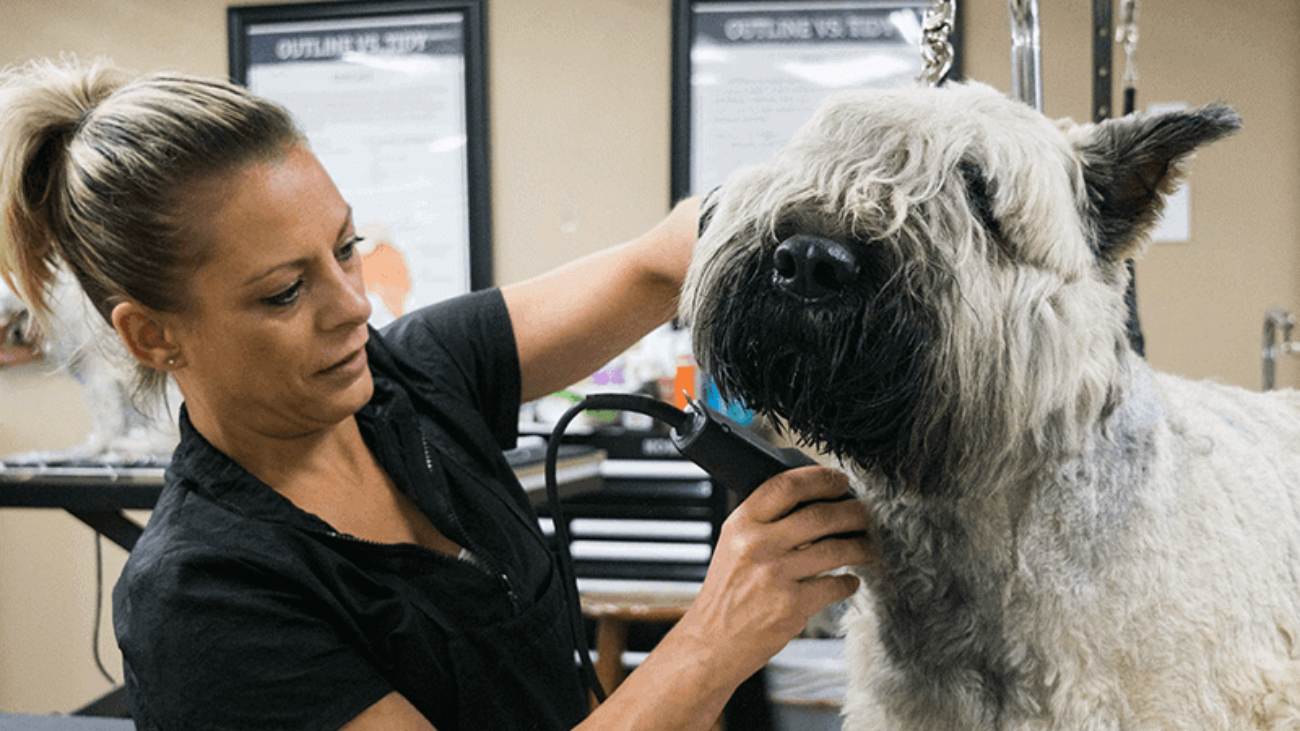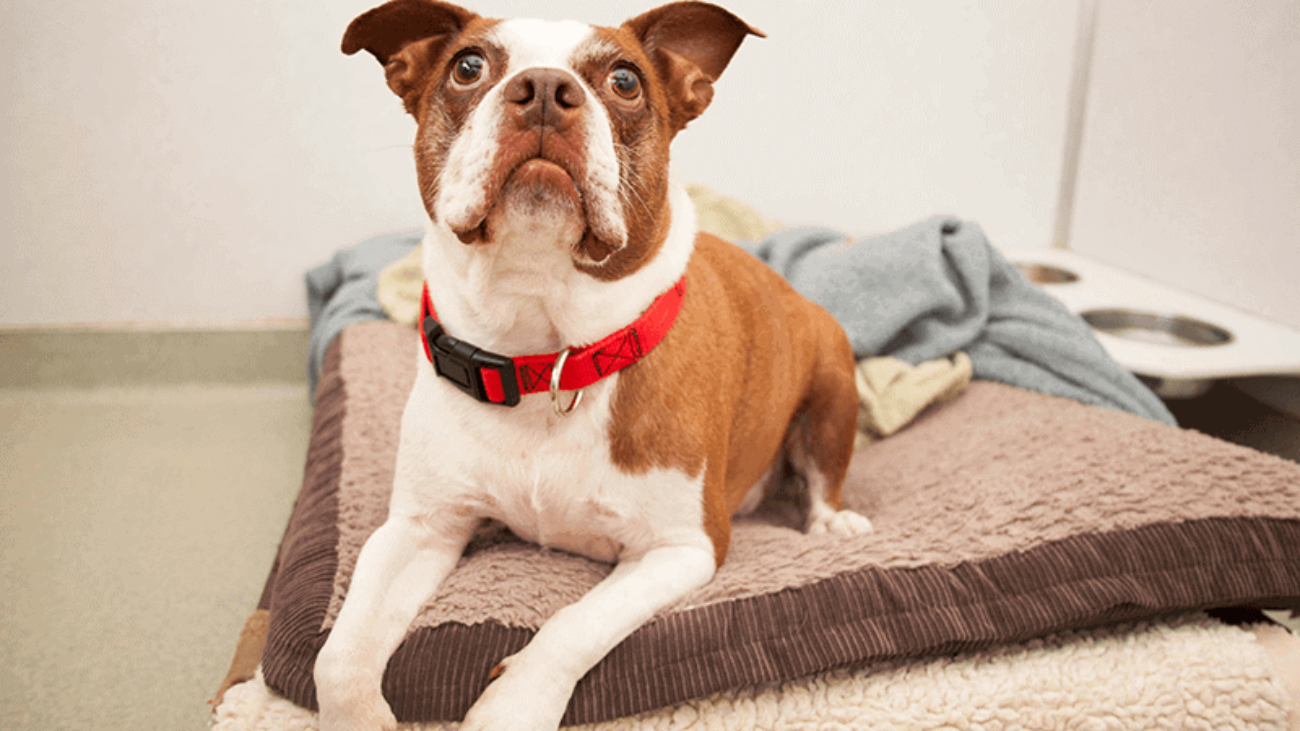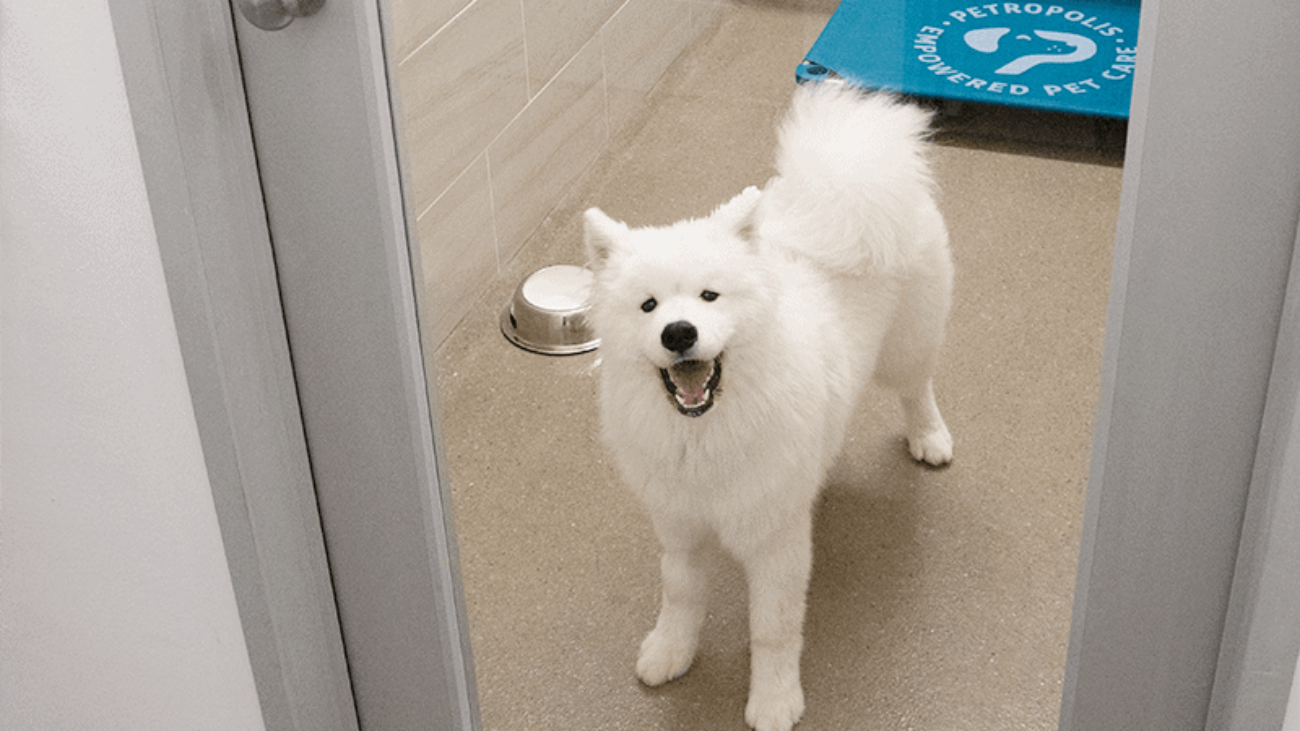We’ve all heard the saying, “a dog is the only thing on earth that loves you more than he loves himself”, right? Well, this Valentine’s Day, give back to your selfless pup! We’re talking spoiling them with love, affection, cuddles, and treats. Stick around for more ideas on how to spend Valentine’s Day with your pet!
Enrichment opportunities.
There’s always time for enrichment! Try out some of our favorites:
- Frozen sweetheart treats: use a heart shaped mold to freeze chicken stock and some small treats for a yummy brain game! Check out how the Petropolis pups reacted to this enrichment treat.
- Treat rollup: lay a towel down and scatter some treats (or kibble) on it while rolling it into a burrito. Your pup will have a mental workout while foraging for the goodies!
- Cats deserve enrichment too! Try hiding treats around the house so they can hunt- they will love using their instincts.
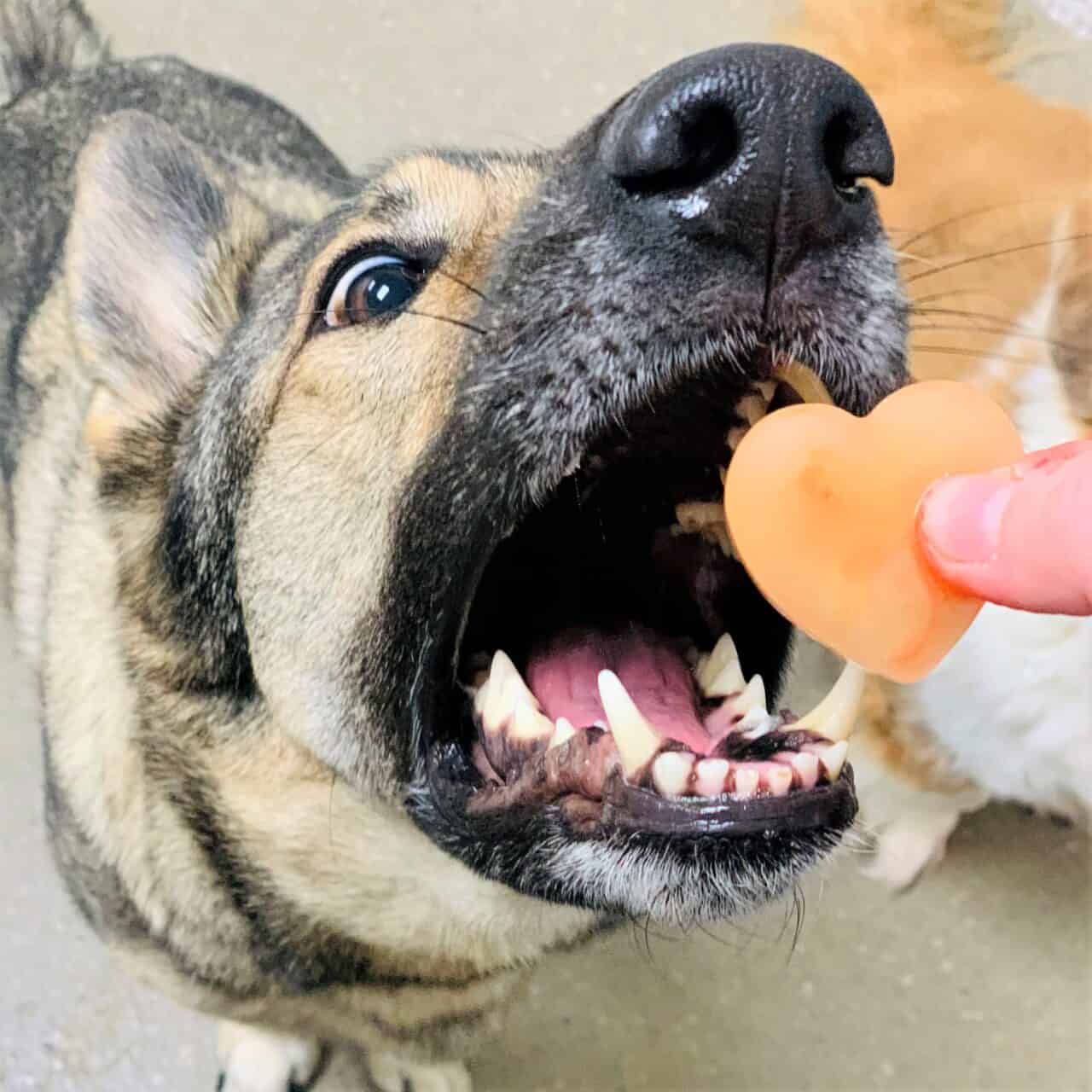
Indoor activities.
This freezing weather doesn’t mean you can’t have a blast inside the house with your furry friend! For instance, training for even 5 minutes will strengthen your bond with your pup and be a mental workout. Use this time to brush up on skills or try taking on a new trick! It’s never too late to teach a dog something new. Another easy game to play in the house is some good old-fashioned hide and seek. Wanting to motivate some play time with your feline friend? Cats loove chasing things- strings, feather toys, you name it! Try using a laser pointer as a substitute and watch your cat have the time of their life and get in some exercise. There are so many more ways to keep your Valentine happy without venturing outside in the cold- you just need to get creative.
Simple but effective.
Try taking your pup for a long walk at a new park or trail! They will be thrilled to explore the new sights, sounds, and smells.
Schedule a day of socializing and play.
Does your pup have a BFF? Plan a playdate for the two pups! Or, you can be the best dog parent out there and bring them to daycare for a day filled with playing, chasing, treats, making new friends, and love from our staff. You’ll bring home a very happy, tired dog at the end of the day to cuddle with.
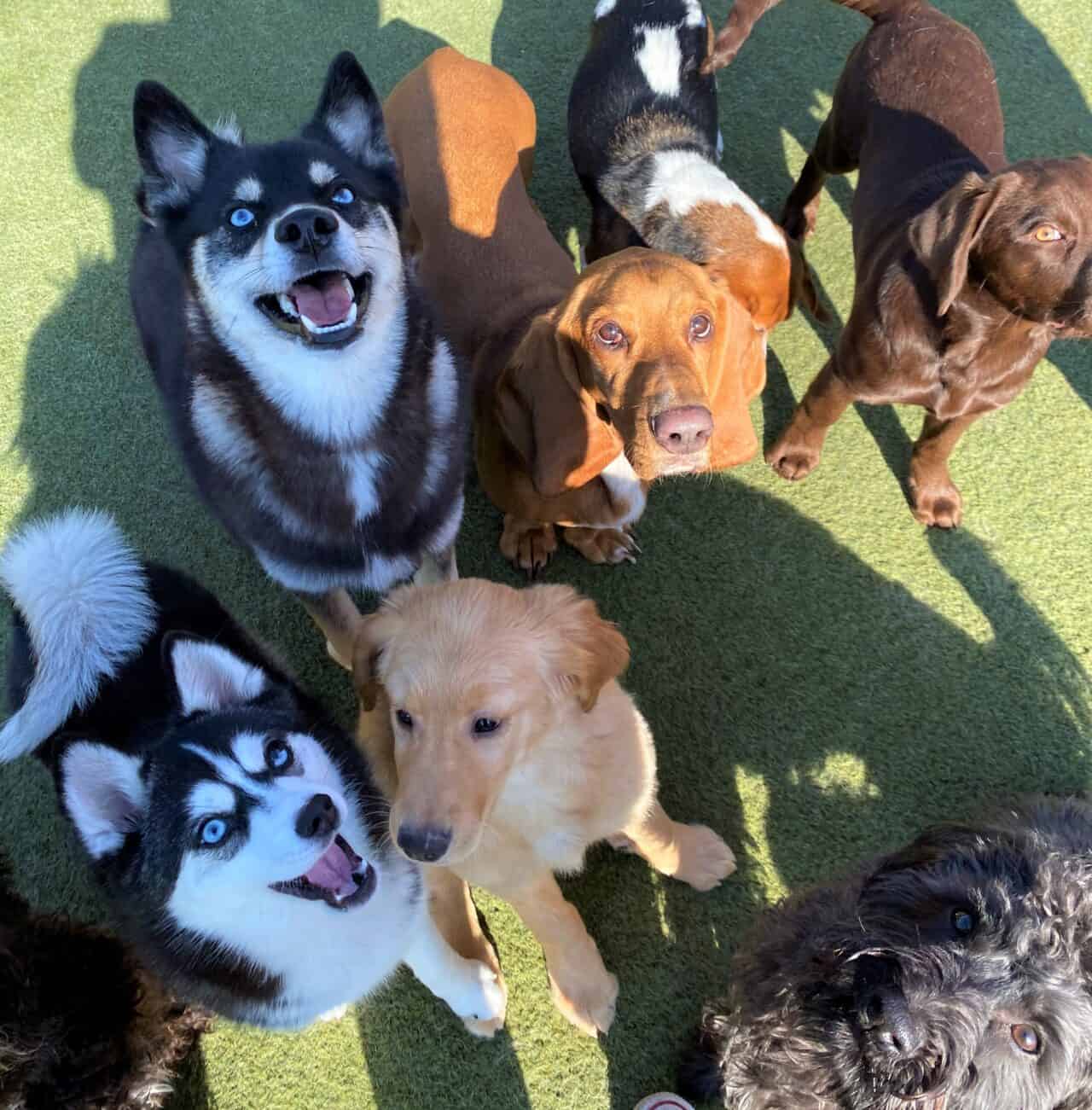
We want to see how you are celebrating Valentine’s Day with your pet! Send us photos of your adventures on Instagram (@petropolisstl)

